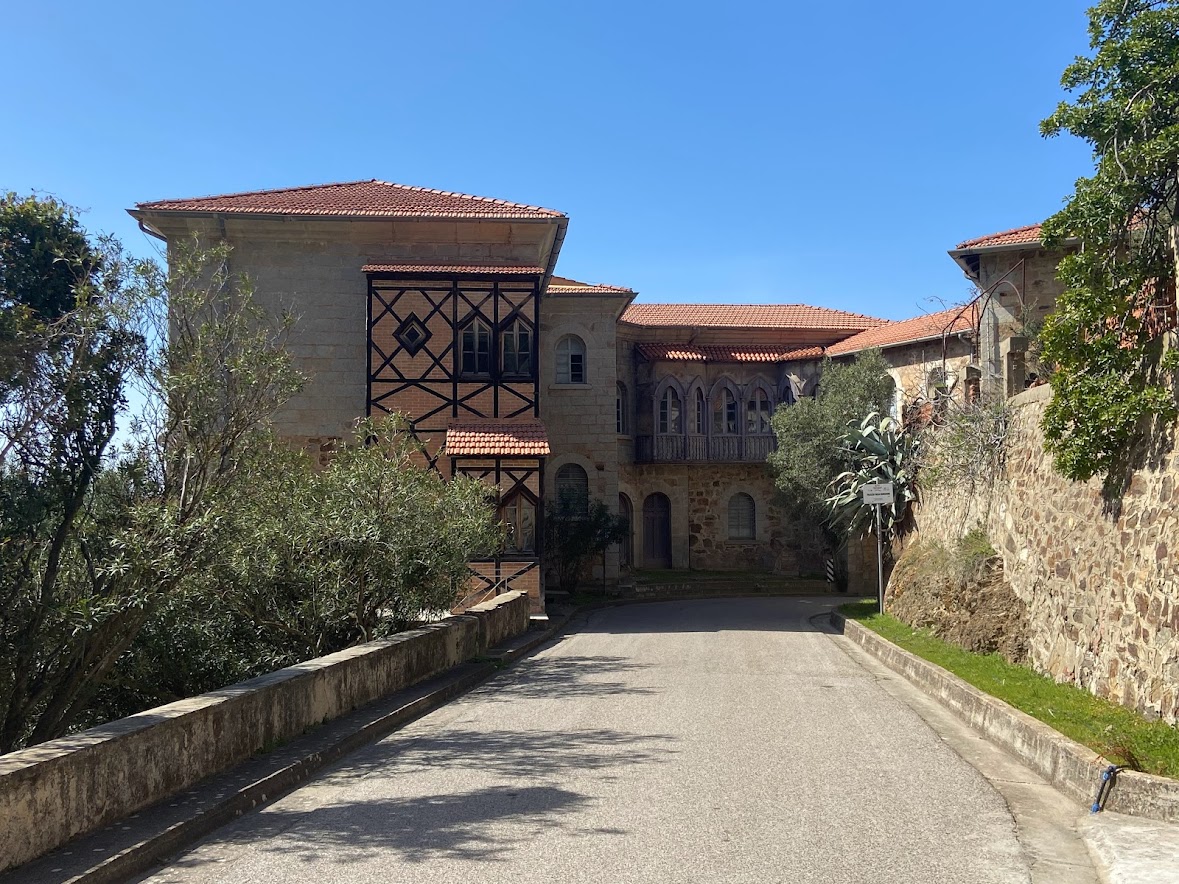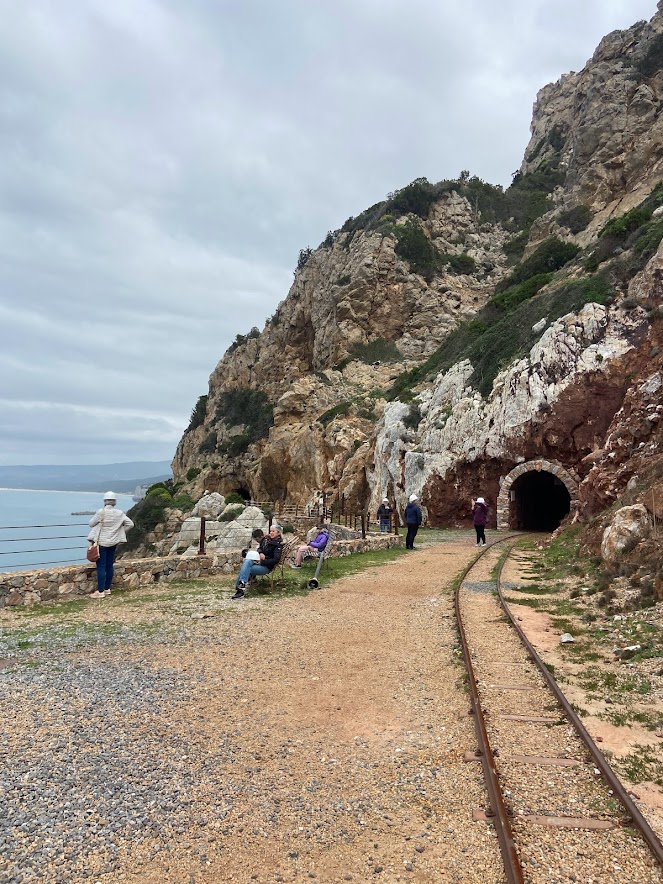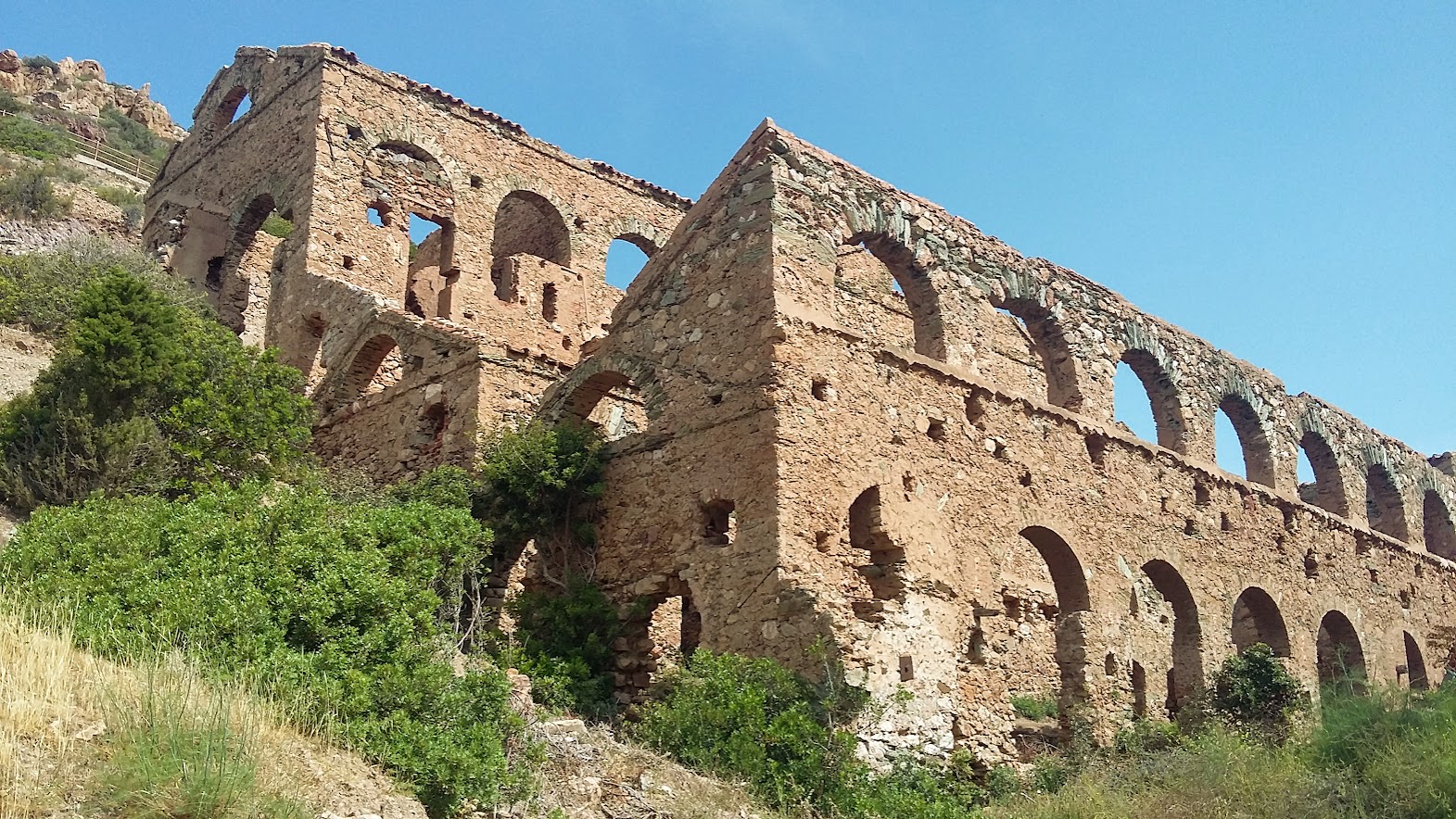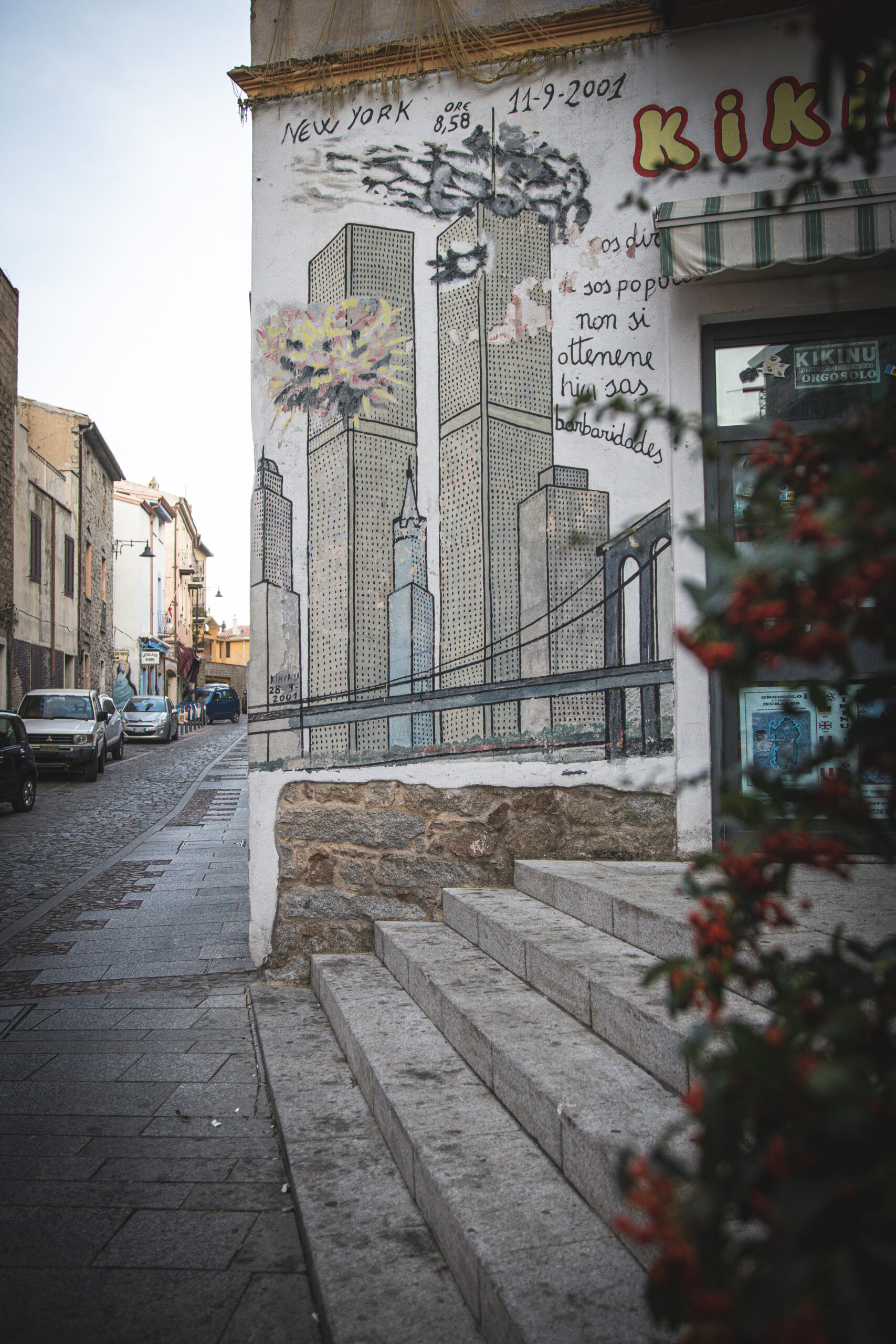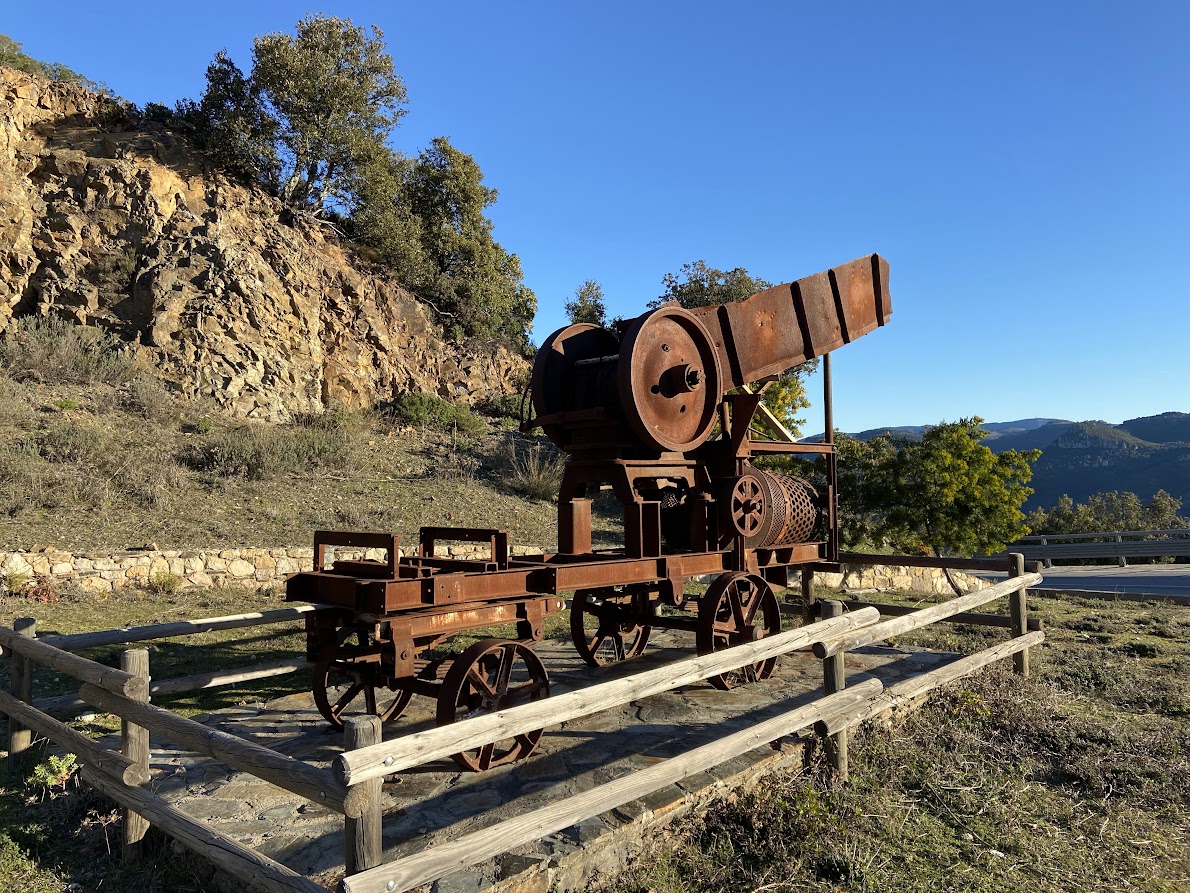
Abandoned mines
The mineral wealth on the island has been for centuries the main motive for pirate raids and conquests by Mediterranean nations. Both the Phoenicians and the Romans had mined rare minerals in areas where deep mines were created a few centuries later as part of the Industrial Revolution. The mining history, which left in Sardinia several abandoned villages, mines, washhouses and machines, was included in the UNESCO heritage for its uniqueness and later merged into the Geomineral Park of Sardinia. It reveals the story of the economic boom, prosperity and glory redeemed by the toil, hardship and blood of the miners. Most of the mining villages and mines are located in the southwest of the island, in the historical region of Sulcis. The main mined mineral was galena in the Monteponi mine near Iglesia, zinc ore in the Masua, Nebida and Malfidano mines to a lesser extent, as well as iron and copper. Mining began to develop during the 19th century and towards the final period there was a significant boom thanks to the invention of dynamite and new mining machines, which completely transformed the existing way of working and multiplied production. A pioneer of its time was the Henry Gallery at Buggerru, where a steam train carried minerals from the mines to the refineries and then to the port, replacing the mules in use at that time, resulting in a noticeable acceleration. After the First World War, the unique Porto Flavia mine in Masua was opened, a 600-meter-long tunnel carved into the coastal rock that enabled loading the mined minerals directly onto transport ships and significantly speeded up the distribution to the rest of Europe at lower costs. Modern techniques and tools made it possible to survive the world economic crisis of 1929, even though several plants needed to close. The real crisis in fact came during World War II, when almost all production was stopped in 1943. After the war came another prosperous period, large-scale coal mining began in the Iglesias and Carbonia areas, and zinc and lead production rose up. In the mid-20th century the mining activity on the island was at its peak, as well as in Italy and all Europe. Representatives of various social classes and educations, coming from all parts of the continent, worked in the mines, women and children also being employed for lighter jobs. Entire villages were built for large families with apartments, schools and kindergartens, health centers, canteens, churches and places for spending free time. Plant directors and workers in leading positions could afford to live in magnificent villas by that time. However, the decline in market prices of minerals in the 1960s resulted in the gradual closure of several mines and persistent losses led to the complete end of operations a few years later. Abandoned villages, mines, refineries, railways and industrial machines became the already mentioned Geomineral Park in Sardinia, a unique project securing former mining areas, maintaining and opening them to the public. Thanks to this incentive the stories of those who sacrificed their most precious things to work in the mines remain alive. It was the mining industry that started the strike against the inhumane conditions in which the miners were forced to work. In Buggerru in the Henry Gallery, you will learn about the turmoil, during which the military intervened and which even cost several human lives. The largest abandoned mining village is Montevecchio which you can discover through four different itineraries and admire the director’s palace, the mining shaft tower, the workers’ quarters and the forge. You can take a tour on board of the electric train to explore Porto Flavia in the southwest of the island and admire the unique sea view. Inlands, you can visit the Coal Museum in the former Serbario mine near Carbonia. In the historical region of Barbagia, near the town of Gadoni, you can descent underground to the Funtana Raminosa mine, and in the Nuoro region you can enter the Sos Enattos mine. In the northwest, in the province of Sassari, lies the coastal town of Argentiera, originally a mining village that still maintains a few permanent residents, with the OPEN Mar outdoor exhibition.
